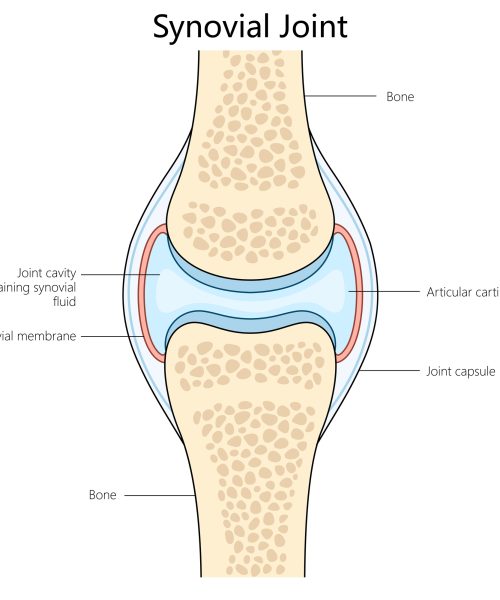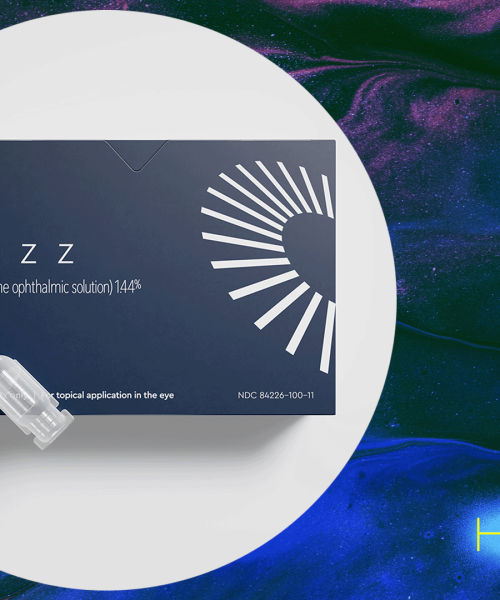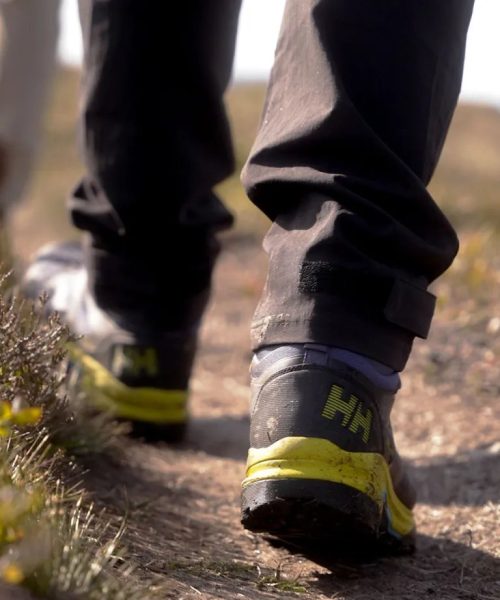A new, sustainably sourced toothpaste additive may soon transform how we strengthen—and even restore—weakened or lost tooth enamel. However, this potential game changing dentistry ingredient isn’t harvested from rare or complex sources. Instead, the protein can be found in everyone’s hair, skin, and fingernails.
Tooth enamel doesn’t replenish itself, and retaining it isn’t easy. The natural protective barrier lining our chompers inevitably erodes over your lifetime, but highly acidic diets and poor dental hygiene often also exacerbates the deterioration. Losing the exterior layer frequently results in tooth sensitivity, acute pain, and ultimately tooth loss. Fluoride remains one of the safest treatments to prevent deterioration, but it’s not capable of fostering enamel regrowth or replacing what has already disappeared.
“Unlike bones and hair, enamel loss does not regenerate,” King’s College London prosthodontics consultant Sherif Elsharkawy said in a statement. “Once it is lost, it’s gone forever.”
Recently, Elsharkawy and colleagues wondered if a very resilient protein called keratin could somehow help reinforce teeth. After extracting keratin from sheep’s wool, the team added it into a composite mixture that they then applied to the surfaces of human molars. They soon realized that the protein quickly combined with saliva’s naturally present minerals to form a well-organized, crystalline scaffolding structure that shares a remarkable similarity to enamel. Once adhered to a tooth, the layer kept attracting phosphate and calcium ions to continue growing a new, protective coating—effectively regenerating lost enamel. Their results were recently published in the journal Advanced Healthcare Materials.
“Not only is it sustainably sourced from biological waste materials like hair and skin, it also eliminates the need for traditional plastic resins, commonly used in restorative dentistry, which are toxic and less durable,” explained study first author and restorative dentistry clinician Sara Gamea.
Gamea added that unlike plastic resins, keratin simply looks more natural and can be altered to more closely match an original tooth’s color.
Elsharkawy and Gamea believe that their groundbreaking solution to the nearly ubiquitous dental concern may only be 2 to 3 years away from becoming publicly available. They anticipate the keratin-based mixture could be added to over-the-counter toothpaste like fluoride, or used in targeted repairs at a dentist’s by applying it like nail polish.
“With further development and the right industry partnerships, we may soon be growing stronger, healthier smiles from something as simple as a haircut,” Elsharkawy said.
The keratin-infused enamel repair is one of the latest in the growing waste-to-health industry, which aims to repurpose discarded materials for medical solutions.






